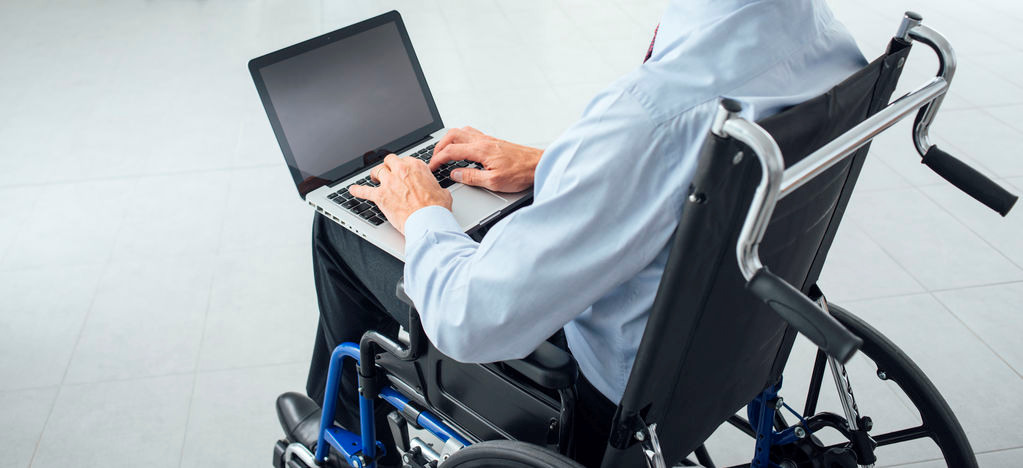Accessibility for those with disabilities is not a new idea, although it’s far from being a normative part of many planning processes (but it should be!). One area where it certainly has lagged behind is in technology implementations. As we all spend more time online and interacting directly with technology, it has become increasingly apparent that not enough is done to accommodate those with disabilities. That’s beginning to change, but it’s sometimes frustratingly slow.
- Six airport initiatives launched for disabled passengers in 2019 [Airport Technology] ” In a partnership with Etihad, personal electric vehicle supplier WHILL and information technology company SITA, Abu Dhabi International Airport launched autonomous wheelchairs that allow travellers with reduced mobility to move around the airport without the assistance of a staff member.”
- The next decade will reshape how we think of technology accessibility [Fast Company] “For somebody who is blind, you can turn visual communication into something auditory, and for someone who is deaf, vice versa. ‘But you can’t take information and transform it from cognitive to some other dimension,’ Vanderheiden says. ‘The biggest thing we’ve found in the last period of time is that many more people are having trouble accessing information than we had suspected.’ “
- How smart tech could transform disabled people’s lives [BBC] ” It’s absolutely critical from our viewpoint that people with disabilities are part of the design process for these technologies, part of the evaluation testing, and that ultimately the product embraces the needs of disabled people at every stage – not in a kind of tick-box style where ‘we’ve created the product, now lets do some testing with the disabled users’. “
- Assistive and accessible—3 life-changing technologies [CTech by Calcalist] “An audio sign that helps people with impaired vision travel using public transport, a touchless system for controlling smartphones, and a smart robotic wheelchair—these technological developments that are changing the lives of those with disabilities and influencing their surroundings.”
From the Ohio Web Library:
- Accessibility, Technology and Librarianship ( Moorefield-Lang, H. (2018). Accessibility, Technology, and Librarianship. Library Technology Reports, 54(4), 5. )
- Enabling Accessibility Through Technology ( BANNER, P. (2019). Enabling Accessibility Through Technology. Training, 56(5), 16–17. )
- Tech-ommodations: Digital-age disability services: Models for managing assistive technology through partnerships between disability services and IT ( Negrea, S. (2019). Tech-ommodations: Digital-age disability services: Models for managing assistive technology through partnerships between disability services and IT. University Business, 39–41. )


